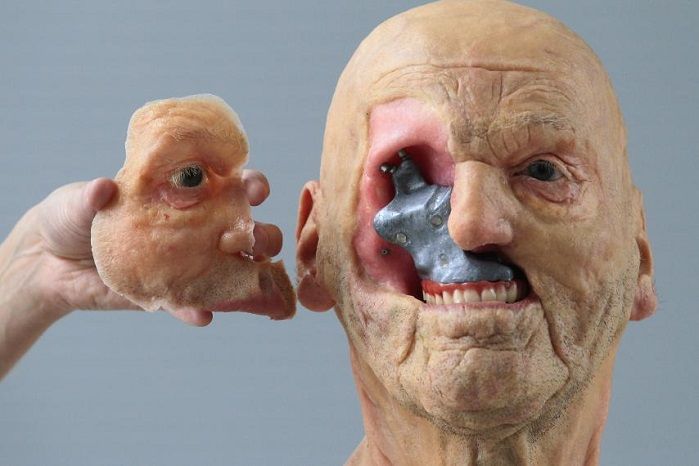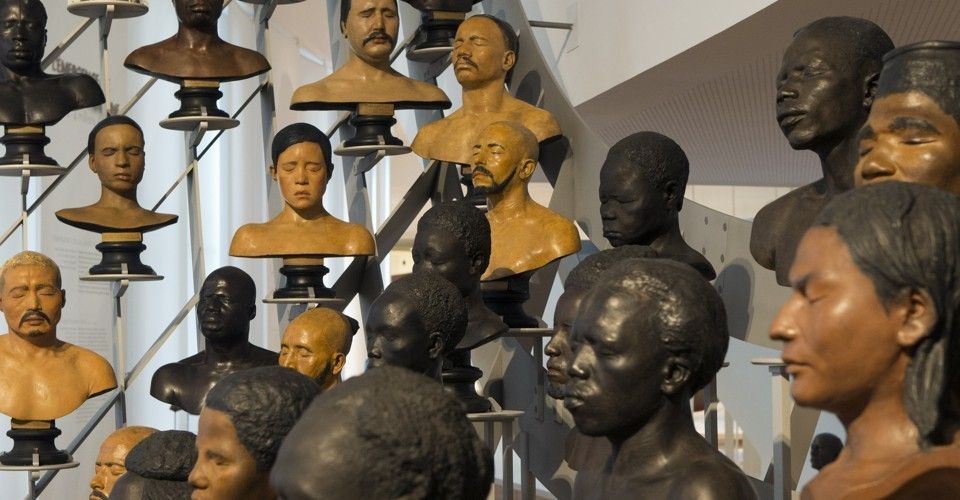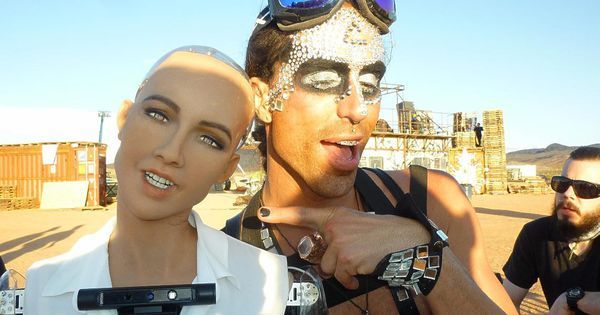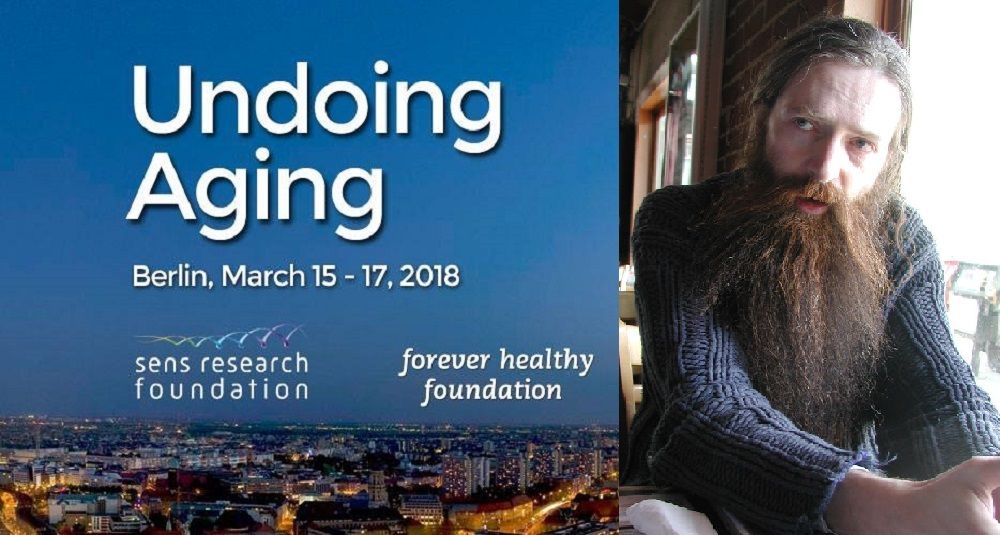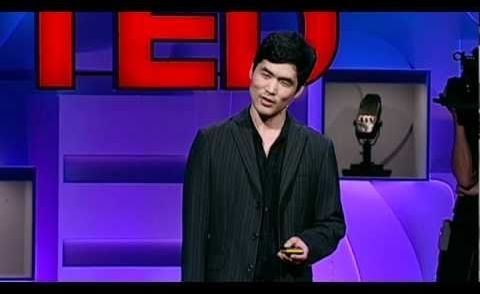Spending an extended period of time in outer space takes a toll on the human body. And while NASA was aware of some physical changes that astronauts needed to be prepared for upon coming back to Earth, they were curious to learn further about how extended space time would affect a human body on a molecular level. After one astronaut spent a year in space, NASA was able to determine that the prolonged spaceflight actually altered his DNA.
Astronaut Scott Kelly and his twin brother Mark Kelly took part in NASA’s twin study, a means to compare the human body on Earth to its counterpart following a year in space. While Scott spent a year in space, Mark stayed behind, and upon Scott’s return, NASA was able to track and monitor the ways that spaceflight had altered Scott’s body.


